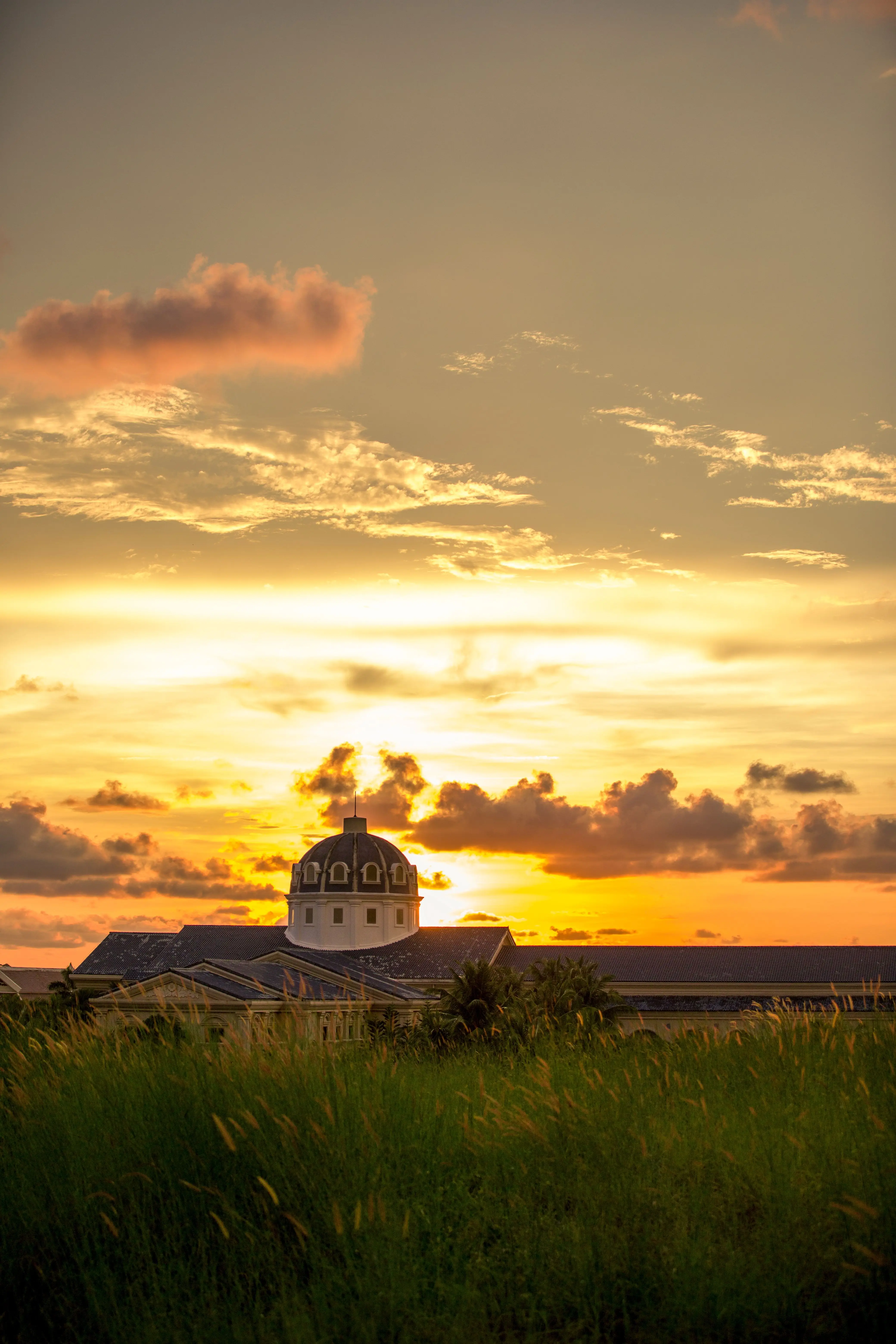Global Travel Information
Fez, Morocco
The Labyrinth of Time: Unraveling the Mystique of Fez
To step into Fez is to step out of time. It is a city that defies the linear progression of history, existing instead in a perpetual state of layered present. The air, thick with the scent of cedarwood, cumin, and baking bread, feels ancient, each breath a testament to twelve centuries of uninterrupted life. Fez is not a museum; it is a living, breathing palimpsest where the medieval and the modern are locked in a constant, captivating dance. It is the cultural and spiritual heart of Morocco, a city that guards its traditions with a fierce pride, offering a glimpse into a world that elsewhere has long since vanished.
The soul of Fez is, without question, Fes el-Bali—the old walled city and a UNESCO World Heritage site. It is one of the world’s largest and best-preserved medieval urban areas, a sprawling labyrinth of over 9,000 alleys where donkeys remain the primary mode of transport, their backs laden with everything from fresh hides to bundles of mint. To enter the medina through one of its grand gates, like the magnificent Blue Gate (Bab Bou Jeloud), is to surrender to disorientation. There is no conquering this maze; one must simply succumb to its flow. The narrow, winding streets, some so tight you can touch both walls with outstretched arms, are a chaotic symphony of sensory overload. The shriek of a hammer on copper, the rhythmic clack of a weaver’s loom, the urgent call of a merchant, and the gentle murmur of prayers from a hidden mosque all blend into a hypnotic soundtrack.

At the heart of this sensory storm lies the famed Chouara Tannery, a sight that is as visceral as it is visually stunning. Viewed from the precarious terraces of surrounding leather shops, the tannery is a breathtaking mosaic of earthen vats filled with vibrant dyes—deep indigo, sunburst yellow, and blood red—arranged like a giant’s palette. Men, looking impervious to time, wade waist-deep in the pits, treating and dyeing hides using methods unchanged since the tannery’s founding in the 11th century. The smell, a potent mix of pigeon droppings (used to soften the leather), natural dyes, and animal skin, is assaulting, an honest and unvarnished reminder of the pre-industrial processes that still sustain the city’s economy. It is a scene of breathtaking authenticity, a direct portal to the Middle Ages.
Beyond the tannery, the medina is a vast, decentralized factory. Each alley, and sometimes each section of an alley, is dedicated to a specific craft, a system preserved by powerful medieval guilds. One turns a corner and is met with the sweet, smoky scent of cedarwood, where artisans meticulously inlay mother-of-pearl into intricate tables and boxes. Another passage echoes with the sound of metalwork, the souq el-attarine brimming with lanterns that cast intricate patterns of light and shadow. In the cobblers' quarter, the smell of new leather replaces the tannery’s pungency, and in the weavers' district, great looms produce magnificent fabrics. This is commerce stripped of pretense, where the creation of an object is as important as its sale, and the line between workshop and storefront is beautifully blurred.
Amidst this earthly commerce, Fez holds a profound spiritual and intellectual gravitas. The University of Al Quaraouiyine, founded in 859 AD by Fatima al-Fihri, is recognized by UNESCO and the Guinness World Records as the oldest existing, continually operating educational institution in the world. Its library houses priceless ancient manuscripts, and while the mosque itself is open only to Muslim worshippers, non-Muslims can catch glimpses of its vast, serene courtyard and exquisite architecture from its gates. The presence of such ancient scholarship permeates the city, offering a counterbalance to the bustling materialism of the souks. At sunset, the call to prayer does not emanate from a single source but rolls through the medina in a wave, a hauntingly beautiful chorus from hundreds of mosques, uniting the city in a moment of reflection.
Yet, Fez is not frozen. The Ville Nouvelle (New City), established by the French in the early 20th century, offers wide, tree-lined boulevards, cafés, and a different, more relaxed pace of life. Here, the youth of Fez sip coffee and discuss the future, their lives a world away from the medieval medina just a short taxi ride away. This duality is the city’s great tension and its greatest strength. It is a place grappling with its identity, where artisans fear the decline of their crafts and traditional families navigate the pull of global modernity, all while fiercely protecting the legacy that defines them.
To leave Fez is to feel as if you are waking from a vivid dream. The sounds, the smells, the sheer intensity of its existence leave an indelible mark. It is a city that does not ask for admiration but demands engagement. It is chaotic, challenging, and at times overwhelming, but within its ancient walls lies an unparalleled authenticity. Fez is a reminder of a world built by hand, sustained by faith, and woven together by community—a timeless labyrinth that continues to pulse with the unwavering beat of its own profound and ancient heart.
相关文章
- Elbe River Amusement Parks: Rides with River Views
- Elbe River Camping Spots: Pitch a Tent by the Water
- Elbe River Glamping Sites: Luxury Camping Along the Banks
- Elbe River RV Parks: Stay in Your Camper Near the River
- Elbe River B&Bs: Cozy Accommodations with a Personal Touch
- Elbe River Hostels: Budget Stays for Young Travelers
- Elbe River Business Travel Guide: Meetings & Events Near the Water
- Elbe River Conference Venues: Spaces with River Views
- Elbe River Wedding Venues: Tie the Knot by the Water
- Elbe River Funeral Services: Respectful Locations Along the Banks
发表评论
评论列表
- 这篇文章还没有收到评论,赶紧来抢沙发吧~


